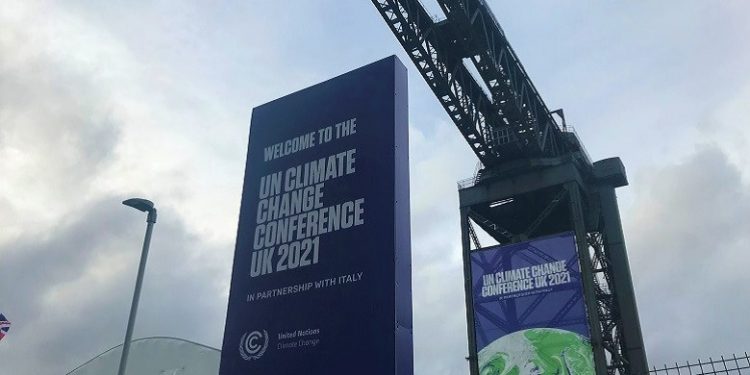It augurs well that the G20 summit in Rome and the UN climate change conference, christened as COP26, in Glasgow this year have almost coincided. The two-day Rome summit ended October 31 when the nearly fortnight-long climate conference began. The common thread running between the two is the threat looming large across the globe of the vicious effects of carbon emission and greenhouse gases which puts the survival of the human race and the planet under serious danger. The phenomena of unusually hot spells, cyclones, tornadoes, drought, forest fires, devastating floods and rains in different regions of the globe during the past few months have brought home the truth to every individual that the changing climate is a reality and no contrived fears conjured up by the scientific community.
The G20 comprises major economies representing some two-thirds of the world, 85 per cent of the entire global economic output and also the world’s biggest greenhouse gas emitters. The bloc also covers the world’s most powerful governments and many of its biggest multinational corporations. Hence, whatever the G20 decides will have impact on the whole planet. On the other hand, the United Nations COP26 climate summit in Glasgow has been projected by the organisers and the 30,000-odd activists taking part in the deliberations as a defining moment for climate action.
A major strategy the G20 summit announced at the conclusion October 31 is that the leaders would implement the Paris Agreement of limiting global warming to 1.5 degrees Celsius above pre-industrial levels and pledged action against coal-fired plants. There’s still ambiguity about the seriousness of these governments to achieve the goals as they pledged to reach a target of net-zero carbon emissions ‘by or around mid-century’, instead of setting a clear 2050 date as specified earlier by the latest UN report prepared by a body of 700 scientists across the globe.
The G20 summit statement said the countries have agreed to stop funding new coal plants by the end of 2021, and reaffirmed the so far unmet commitment to mobilise $100bn for developing countries for climate adaptation costs. For the first time, they acknowledged ‘the use of carbon pricing mechanisms and incentives’ as a possible tool against climate change, just as the International Monetary Fund (IMF) is calling on the most polluting countries to go down that path by setting a minimum carbon price.
Prevarication continues to be a tactic to avoid drastic measures, seemingly at the behest of industrial lobbies, as the communiqué only states it recognises that the reduction of emissions is one of the quickest, most feasible and most cost-effective ways to limit climate change.
According to the final document, current national plans on how to curb emissions will have to be strengthened ‘if necessary’ and it includes a pledge to halt financing of overseas coal-fired power generation by the end of this year. The communiqué did not set any target for phasing out coal domestically. This could be construed as a step to halt carbon polluters China and India. Western countries have moved away from financing coal projects in developing countries and major Asian economies are now doing the same. But China has not set an end date for building domestic coal plants at home. Coal is still China’s main source of power generation, and both China and India have resisted attempts for a G20 declaration on phasing out domestic coal consumption.
This has prompted Britain’s Prince Charles to urge the G20 leaders to ‘put words into action’. Warning that ‘it is quite literally the last-chance,’ Charles appealed to these leaders to devise effective ways to mitigate the rise of global temperatures. His passionate words that it is impossible not to hear the despairing voices of young people who trust the G20 leaders holding the viability of their future in their hands set the tone for the climate summit. It would be interesting to watch the outcome of the COP26 about a fortnight later in the light of the G20 protestations in Rome.
It would not be improper to point out the spectacular failure of the last COP25 in Madrid in 2019 to complete the process of framing rules of the Paris Pact. The conference was not held last year because of the COVID-19 pandemic. It only brought to the fore the glaring gap between global climate diplomacy and the imperative need to bring down greenhouse gas emissions. However, much water has flown since the Madrid meet. Hope is the cataclysmic temperature rise is making developed nations led by the US, which has re-entered the Paris Pact under President Biden, take climate change seriously.






































